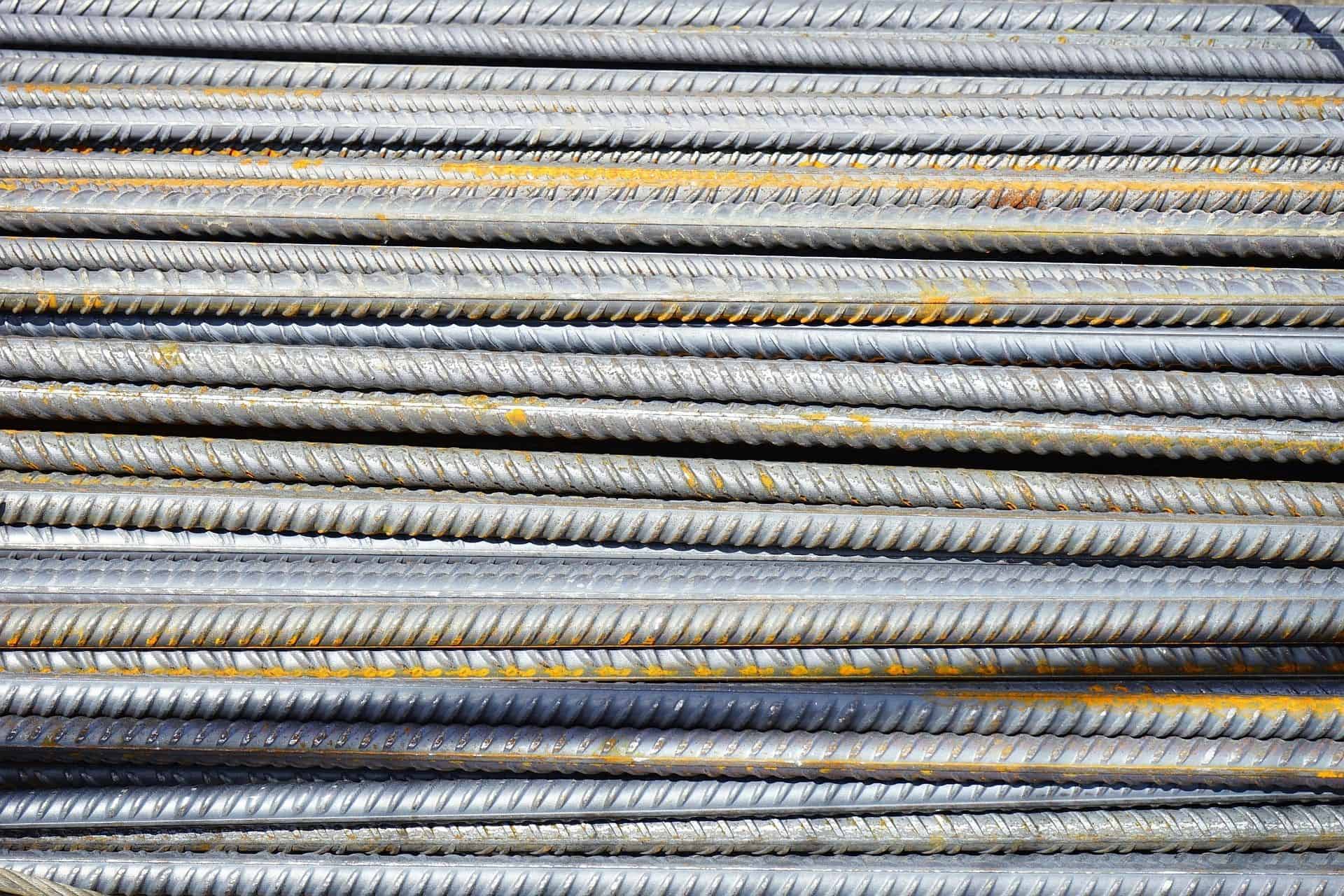



Revolutionized is reader-supported. When you buy through links on our site, we may earn an affiliate commision. Learn more here.
The adoption of composite materials in construction and development has been growing steadily in recent years as crews look for cheaper, more lightweight and sustainable resources for their builds. They vary wildly in terms of construction, texture and overall design, but they often have unique properties that give them an advantage over more traditional options. For example, some provide high rigidity, impact strength, and temperature and chemical resistance.
Appearance is also a significant factor. Since composites are generally manufactured, people can tailor the aesthetics for each project and design. Imagine tile made to look like wood or thermoplastic composites adjusted to mimic masonry or smooth metals.
Now that composite materials have earned more limelight in the industry, there are some pretty exciting trends related to their usage and adoption. Here’s why the future of composite materials is so bright.
Ultra-lightweight composites are making waves in several industries, including aviation, automotive, and renewable energy. The materials themselves are also cost-effective, reducing the total operation and build expenses of various projects. That can be considerable when traditional materials come with excessive price tags.
Commercial wind turbines cost anywhere from $1.3 million to $2.2 million per MW of nameplate capacity installed. Many factors contribute to the costs beyond the materials used, but the price can be significantly curbed by using more accommodating composite materials. They can be developed to boost durability, weather and environmental resistance, and improve the quality of the turbines and components.
The aerospace industry is also utilizing lightweight composites, like carbon nano-reinforced polymers. The composite materials come out stronger, better suited to extreme conditions, and 30% lighter, reducing fuel consumption and drag in the planes. The same materials can be used in other industries, like space exploration or automotive, especially when paired with electric and fuel-less vehicles.
Green and sustainable initiatives are a must, whether to lower environmental impact, improve customer sentiment or just to serve as a better example to the community. That leads to a greater focus on green technologies and solutions, which composite materials are known for.
Nano or bio-resins can be developed with recycled materials and fine-tuned to provide more eco-friendly properties — such as lower carbon emissions or mitigated soil contamination.
Some composites can even be produced on-site or by using newer technologies like industrial 3D printers. That also provides benefits because they don’t have to be transported, and there are no additional labor or resource costs.
Plastic composite lumber, often used for decking and walkways, is an excellent alternative to more traditional materials. It’s low maintenance, has a weather and environmentally resistant surface, and is super easy to use and install. Some other notable mentions include recycled wood and steel, alloys, ceramics and organic linens.
In addition, recycled materials can be used in the development, design and use of composites. It’s possible to reuse, reshape or even reform items to create an entirely new solution, such as recycled wood or concrete. These materials can also be improved well beyond their original properties, using reinforcement and fiber-based construction. Imagine reclaimed wood that’s finished with a heat or temperature-resistant surface or more fragile materials made increasingly more durable through standard composite processes.
Composite materials are already changing the game by enabling smarter engineering and intuitive design of internal components and beyond. A single composite-made part can replace nearly an entire assembly of parts, and it can also be produced at scale. Moreover, the surface textures can mimic a multitude of finishes, whether smooth, textured or contoured. That allows components to be custom fit and molded for each scenario, project or potential application. Shaping traditional materials this way is much more costly and generally takes a long time, sometimes even passing through several stages before they’re ready.
It’s not just about the costs, however. It’s also about the speed and accuracy with which those parts and components turn out. The way they’re developed and the fact that the design can be tailored for each project or scenario saves production time, creates a more accurate and sustainable product, and reduces maintenance costs later. The parts are arguably better-suited to what they’re being used for.
It’s no secret that composite materials used to take much longer to produce, but that’s no longer the case. This is due to several more effective and advanced technologies, namely digital composite manufacturing (DCM). This process is capable of producing parts and components out of composite materials without manual labor. Engineers can essentially create a digital design of what they need, then receiving high-performance composite parts when all is said and done. It’s akin to creating blueprints or plans for 3D printers and the related materials, only applied to a much wider range of resources.
For centuries, construction and development have followed a tried-and-true process involving manual labor, physical resources and materials, and lots of money and time. All that is changing thanks to a merger between digital technologies and composite materials. One startup called Mighty Buildings relies on a proprietary thermoset composite called light stone material. It uses composites, along with 3D printing, prefabrication and robots, to automate large-scale construction projects, like residential developments. Basically, it is 3D printing homes and buildings.
This highlights a monumental shift in the way construction and development play out in the future. Composite materials enable new and revolutionary use-cases that also come with many benefits, from lower building costs to faster production. We may even see modern technology taken to a whole new level, with entirely automated and digitally driven development applications. Just picture a robot building a new home, complex or structure.
Imagine a composite material, strengthened by nearly invisible fibers developed at the nanoscale level, used to create incredibly durable and nearly-indestructible components, products and beyond. That is precisely where we are headed, and researchers are already achieving these kinds of materials in a lab. One German chemical company, Altana AG, claims it can create tiny carbon nanotubes that are 400 times stronger than steel or aluminum and 20 times stronger than carbon fibers.
The potential uses of these much stronger composite components are nearly limitless. They can be used in manufacturing, space exploration, development, R&D and so much more. They’re durable, can be custom-designed and created, and the strength alone expands their potential use-cases exponentially. Imagine unbreakable smartphones or automobiles with slick chassis designs that are stronger and more protective. Buildings and other structures would be able to withstand incredible pressure and environmental conditions.
The eco-friendly benefits of modern composites are certainly welcome and impressive, but the exciting uses-cases don’t stop there. Composite materials are currently being developed so they’re stronger and more precise, resistant and lightweight, and can also meet requirements per project or product specifications. For example, the surface finish can be textured, smooth or even contoured as needed.
Most importantly, composite materials empower new initiatives and uses-cases like 3D printing, digital composite manufacturing and on-site development of various materials. This includes prefabs or even entire structures.
The future of composites is unquestionably bright and promising, and it’s coming more into focus every day. These materials are poised to disrupt the building industry and make things easier for budgets and the planet.
Revolutionized is reader-supported. When you buy through links on our site, we may earn an affiliate commision. Learn more here.


This site uses Akismet to reduce spam. Learn how your comment data is processed.